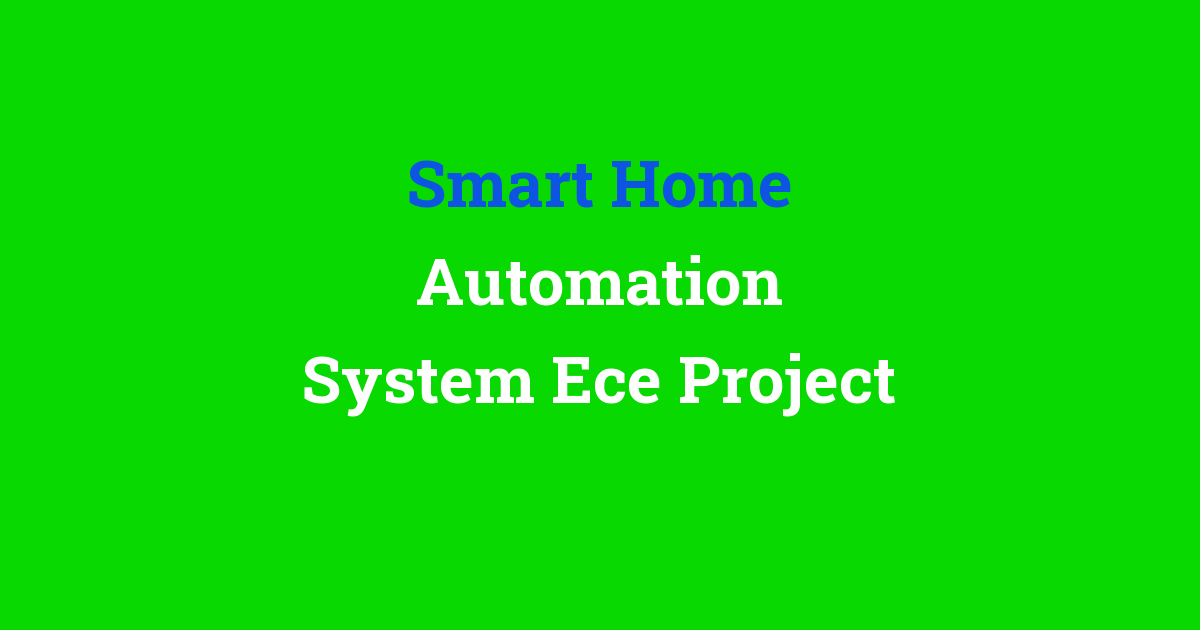ECE project on a smart home automation system.
Smart Home Automation System ECE Project
Introduction
In today’s rapidly advancing world, there is an increasing demand for smart technologies that simplify our daily lives. One such technology that has gained popularity in recent years is the Smart Home Automation System. This system allows homeowners to control and monitor various devices in their homes remotely, providing convenience, security, and energy efficiency.
Problem Statement
Traditional home automation systems are often complex to install and operate. They require extensive wiring and programming, making them expensive and inaccessible to the average homeowner. Additionally, these systems may lack the flexibility and customization options desired by users.
Existing System
The existing home automation systems typically consist of centralized control units that communicate with various household devices such as lights, appliances, and security systems. These systems can be controlled via mobile apps or voice commands, enabling users to monitor and adjust settings remotely.
Disadvantages
Despite their functionality, traditional home automation systems have several drawbacks. They can be expensive to install and maintain, require professional assistance for setup, and may not offer the level of customization desired by users. Additionally, compatibility issues with different devices and platforms can be a common problem.
Proposed System
To address the limitations of existing home automation systems, our project proposes a more user-friendly and cost-effective Smart Home Automation System. This system will be designed to be easily installable by homeowners, with intuitive controls and customizable features to meet individual needs.
Advantages
The proposed Smart Home Automation System offers several advantages over traditional systems. It is cost-effective, easy to install, and can be customized to suit the specific requirements of each user. Additionally, our system will be compatible with a wide range of devices and platforms, ensuring seamless integration and operation.
Features
- Remote Monitoring and Control: Users can access and control their home devices remotely via a mobile app or web interface.
- Energy Efficiency: The system will include energy-saving features such as smart thermostats and lighting control.
- Security: Integrated security systems will provide real-time alerts and monitoring of the home environment.
- Customization: Users can customize settings and preferences to suit their individual needs and preferences.
- Integration: The system will be compatible with a wide range of devices and platforms, ensuring seamless operation and convenience.
Conclusion
In conclusion, our Smart Home Automation System project aims to revolutionize the way homeowners interact with their living spaces. By offering a user-friendly, cost-effective solution that prioritizes customization and compatibility, we seek to enhance the convenience, security, and energy efficiency of modern homes. With the increasing demand for smart technologies, we believe that our system will pave the way for a more connected and intelligent future.

